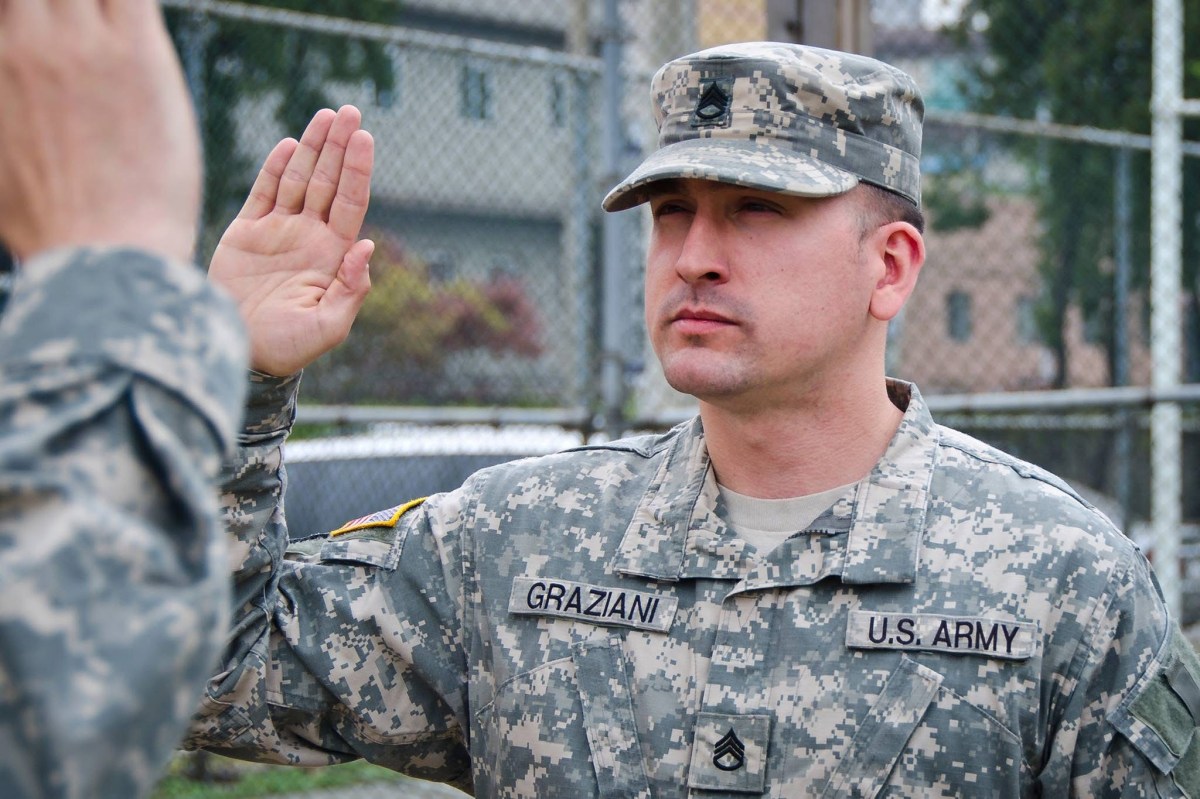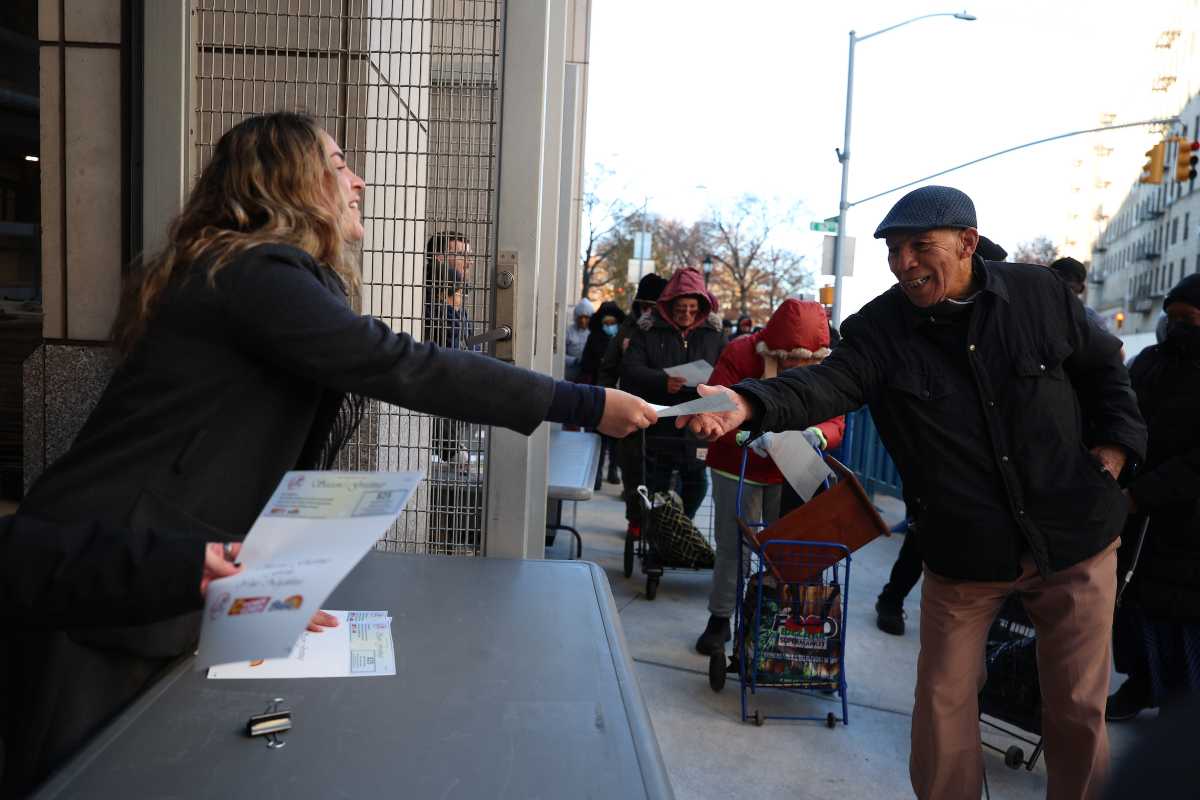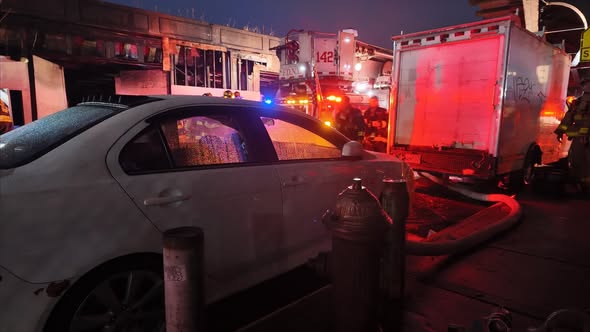Last year we finally saw reduced opioid overdose deaths. But the data hides a terrible truth: not all populations saw declines. We are particularly concerned that veterans are not getting the help they need to properly address their addiction disorders. The healthcare system can help.
Our military veterans put their lives on the line to protect our freedoms and democracy, but many come back home and face significant struggles, including PTSD and substance use disorder. There are about 50,000 of these veterans in New York.
Decades ago, Samaritan Daytop Village pioneered specialized treatment programs for veterans struggling with drug and alcohol dependency, Post-Traumatic Stress Disorder (PTSD) and other challenges. The programs are designed and staffed by veterans, are only for veterans, and provide an integrated approach to recovery that includes addressing mental and physical health problems.
Phillip B. is just one of many veterans who benefited from Samaritan’s approach. For decades the now 57-year-old cycled in and out of treatment programs, trying an estimated 10 different residential facilities. None worked. Then he came to Samaritan Daytop Village.
Being in a recovery community with other veterans helped Phillip talk about his trauma and realize he is not alone in his struggles. He says he found role models in the other veterans in the program, and in the staff. For the first time in his life, he agreed to try mental health therapy and regularly sees a psychiatrist. He also started to see a primary care doctor and got a job that gives him purpose. It’s all leading him to feel great and be more hopeful about the future than he’s ever been.
Unfortunately, too many veterans struggling with addiction don’t have a way to find out about veteran-specific programs because of changes to the referral process. Veterans used to find out about veteran specific treatment programs through referrals from the alternative to incarceration, detention, and judicial diversion system. Half of our referrals came through the legal system. Now, we are missing that intercept moment.
One easy solution is to make a slight change to already existing assessment practices. Health care professionals in emergency rooms, doctor’s offices, and urgent care centers use a Screening, Brief Intervention and Referral to Treatment (SBIRT) model to assess substance use in need of treatment. Veterans are likely getting screened now but are being referred to general population treatment programs that do not work for them, because health professionals do not know they served in the military.
By adding one simple question, “Have you ever served in the military?”, health care professionals can identify veterans and refer them to programs specifically designed to help. The New York State Office of Addiction Services and Supports conveniently offers a list of residential treatment programs that can finally give our veterans the support they need. They deserve no less.
James Hollywood, LCSW, is Vice President of Residential Treatment at Samaritan Daytop Village, where he oversees the organization’s 12 residential substance use treatment programs with over 1,100 beds and serving 3,000 clients each year.





































